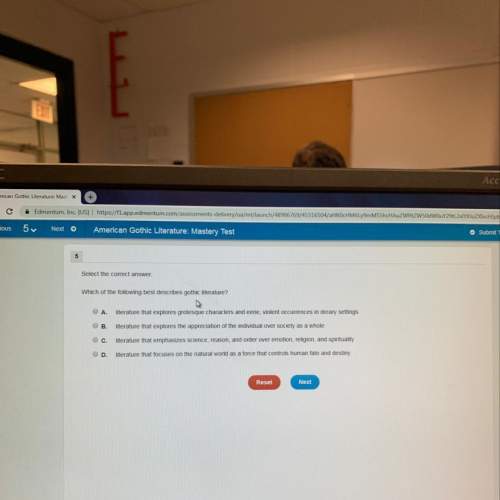
The formation of volcanoes takes thousands of years. Volcanoes are formed when magma within the earth pushes up to the surface and erupts out. Once magma is outside the volcano, it is called lava. Erupted lava that has cooled helps to form the shape of the volcano. The cone-shaped volcano may come to many people’s mind when they think of volcanoes, but there are a variety of types of volcanoes. The shapes of these volcanoes typically vary based on the history of volcanic activity, including whether the lava is fast moving or slow moving. A volcano has several channels of magma under it. All these channels come together to form a single stream flowing up through the cone of the volcano. Lava cools and slows as it runs down the side. Eventually, the lava cools completely and becomes a part of the volcano. The accumulation of the cooled lava causes the volcano to grow in size. Volcanoes produce different types of rocks. Lava forms igneous rocks like basalt or pumice. If lava cools very quickly, it can form into glossy rocks like obsidian. Not all magma makes it out of the volcano. Some of it can cool and harden underground to form rocks like granite or diorite. Volcanoes don't always shoot fireballs and flaming rocks into the sky. Some don't do anything at all. Some volcanoes are labeled as dormant or extinct, although these labels may mean different things to different experts. Volcanoes that have not erupted in 10,000 years are considered dormant volcanoes by some experts. This happens when the magma below cannot reach the top because there is not enough pressure or heat to push the magma to the surface. Instead, it retracts back into the earth into underground channels. Eventually, it will cool and harden, pushing the magma back down into the earth. The pressure and heat may increase again, causing the magma to rise and the volcano to erupt. Dormant volcanoes are often unpredictable. No one truly knows when or even if a dormant volcano will erupt again. A volcano could be considered extinct if it remains inactive and there are no signs of activity. Kadovar is a volcanic island in Papua New Guinea. This giant volcano had slept for over three hundred years. Its eruption in January of 2018 came as a surprise to many people. Hundreds had to be evacuated immediately. There were some warning signs of a pending eruption that had been monitored for the last forty years, though. In 1976, temperatures within the volcano rose for some time. And in 2015, the earth within was trembling from seismic unrest. Despite these warning signs, the explosion caught almost everyone off guard. After the eruption, Kadovar is said to live again.
Based on the passage, what conclusion can be made about dormant and extinct volcanoes?
Dormant volcanoes are inactive and will never erupt again.
Dormant volcanoes are inactive and will never erupt again.
There is no official criteria for labeling volcanoes as dormant or extinct.
Extinct volcanoes are volcanoes that have been dormant for 10,000 years.
Volcanoes are labeled as dormant because they have been active for many years.

Answers: 3
Another question on English

English, 21.06.2019 18:50
The ancient greek poet. homer, is credited with writing the odyssey. however, scholars still debate whether homer wrote the entire epic. what is the main reason for this uncertainty? o some sections of the epic are written in different poetic styles and forms. most ancient greeks could not read or write, so the epic was first written in latin ob och storytellers repeated the epic aloud for centuries before it was ever written down. od the epic was a fictional account, so the identity of its author may have been fictionalized as well.
Answers: 1

English, 21.06.2019 19:20
Aspot in middle of the retina that only contains cones is called the
Answers: 1

English, 21.06.2019 20:10
57: 48 read this excerpt from "sea fever" by john masefield. which statement best describes how masefield creates a hopeful mood in the excerpt? and the wheel's kick and the wind's song and the white sail's shaking, and a grey mist on the sea's face, and a grey dawn breaking the free form flows cheerfully and unpredictably. the free form creates a sentimental conversation between man and sea. the fixed meter and predictable rhyme scheme create an upbeat rhythm the fixed meter imitates the rhythm of a military march or parade. mark this and retum save and exit next submit
Answers: 3

English, 22.06.2019 10:30
Read this excerpt from "the all-american slurp." i pulled the strings out of my stalk. z-z-zip, z-z-zip. my brother followed suit. z-z-zip, z-z-zip. to my left, my parents were taking care of their own stalks. z-z-zip, z-z-zip, z-z-zip. suddenly i realized that there was dead silence except for our zipping. looking up, i saw that the eyes of everyone in the room were on our family. mr. and mrs. gleason, their daughter meg, who was my friend, and their neighbors the badels—they were all staring at us as we busily pulled the strings of our celery. what story element does the author develop in this excerpt? a) lot details about the party b) characterization of the lins c) characterization of the gleasons d) setting details about the gleasons’ house
Answers: 1
You know the right answer?
The formation of volcanoes takes thousands of years. Volcanoes are formed when magma within the eart...
Questions

Physics, 12.02.2021 19:50

Mathematics, 12.02.2021 19:50

Spanish, 12.02.2021 19:50







History, 12.02.2021 19:50


English, 12.02.2021 19:50




Mathematics, 12.02.2021 19:50

Mathematics, 12.02.2021 19:50

Mathematics, 12.02.2021 19:50

English, 12.02.2021 19:50

Mathematics, 12.02.2021 19:50




